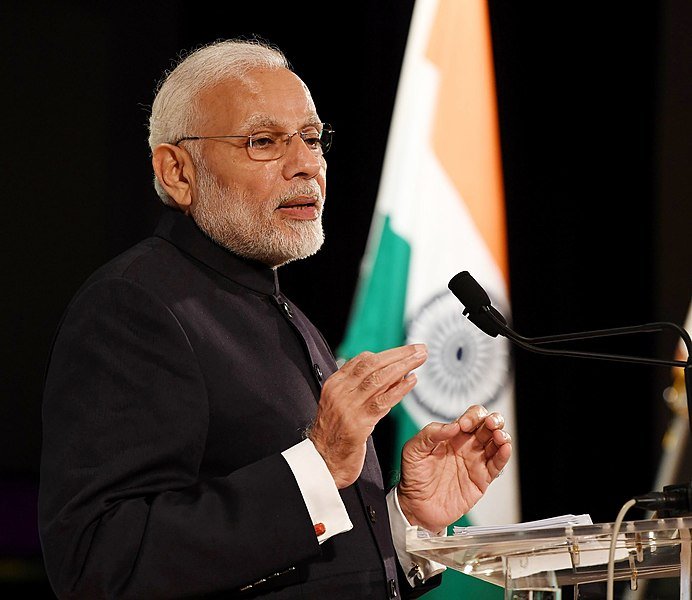
Officially known as the Pradhan Mantri Jan Arogya Yojana (PMJAY), Ayushman Bharat offers health insurance coverage of Rs 5 lakh per family per year to economically vulnerable families – covering roughly fifty crore Indians. In the year since Prime Minister Narendra Modi launched the scheme in Rajasthan state capital Ranchi, the PMJAY has dispensed hospital treatments worth Rs 7,500 crore to beneficiaries with the number of treatments numbering at roughly 46.4 lakh. Families have reportedly reaped savings of more than Rs 12,000 crore due to decreased need for out-of-pocket spending on healthcare.
Union Health Minister Dr Harsh Vardhan earlier reported that the scheme has benefited around 47 lakh people and distributed 10.3 crore ecards enabling individuals to avail the scheme’s benefits. He noted at the time that 18,073 hospitals had been empanelled under the scheme – 53 percent of which belong to the private sector. Ayushman Bharat chief executive officer Dr Indu Bhushan has said that there should be 25,000 more hospitals empanelled under the scheme.
This equates to 51 hospitals being empanelled every day, the BJP claimed in a tweet, adding that nine hospital admissions are made every minute under the scheme and that 85 percent of claims are paid on time. Interviewed by The Hindustan Times, Bhushan said around five million people were admitted to hospitals covered under the scheme in the past year. In addition to empanelled hospitals, the Centre has operationalised almost 21,000 health and wellness centres (HWCs) to dispense primary healthcare as part of the scheme and intends to construct 1.5 lakh such centres by 2022. This will include 40,000 HWCs to be built by March next year, joining the hospitals empanelled to provide services under the scheme.
Tertiary care accounts for sixty percent of the total claims, according to The Times of India, with the scheme covering beneficiaries for secondary and tertiary care. Tertiary care will be a focus going forward, with Bhushan noting rising “demand for super-speciality treatment such as cancer, cardiac and neuro surgeries and orthopaedics.” To this end, the treatment packages available under Ayushman Bharat have been revised. Oncology will be a focus of this, with the scheme already announcing that it will offer a more comprehensive package of cancer treatments.

Another issue hampering Ayushman Bharat is fraud. Numerous cases have been flagged in the past year of funds being siphoned from the scheme on illicit pretences and fake websites and phone applications being set up offering enrolment under Ayushman Bharat in exchange for a fee.
This has prompted a crackdown by authorities, with numerous hospitals being de-empanelled and 338 being disciplined. “There is zero tolerance towards fraud,” affirmed Vardhan whilst Bhushan said such hospitals will face legal action and be blacklisted from participation in any government-run health schemes. In addition, implementation issues in states including Arunachal Pradesh, Bihar, Goa, Nagaland, and Sikkim have drawn the ire of the Centre. In the example of Bihar, less than a third of funds allocated for Ayushman Bharat were spent.
Another issue is low awareness in some parts of the country. Nagaland, for example, has reported an enrolment rate of just 28 percent among eligible families. Other states have awareness rates even lower than that, with Bihar and Haryana reporting awareness rates of less than twenty percent. “We need to take the scheme to the last mile,” Bhushan said at the time. “Our survey also suggests that beneficiaries do not know how they can avail of the scheme. This needs to be worked upon.”
Nonetheless, amidst celebrations, optimism has been expressed by a range of public figures in India – not least the Prime Minister. “[Ayushman Bharat] is more than just a healthcare scheme – it is a beacon of hope to more than [fifty] crore of India’s most vulnerable people,” he tweeted. “It is breaking the vicious cycle of poverty & disease while making healthcare affordable and accessible.”

